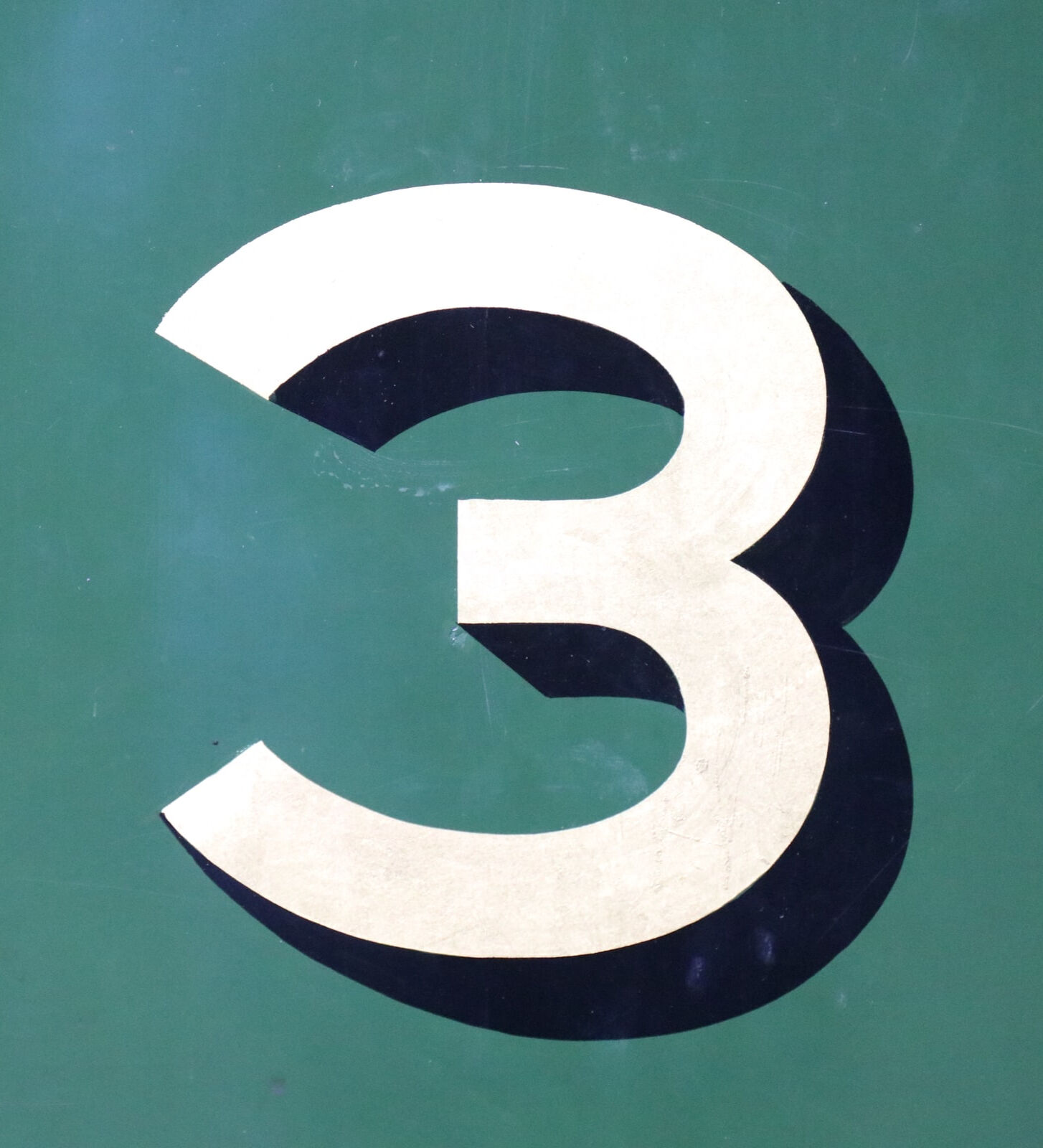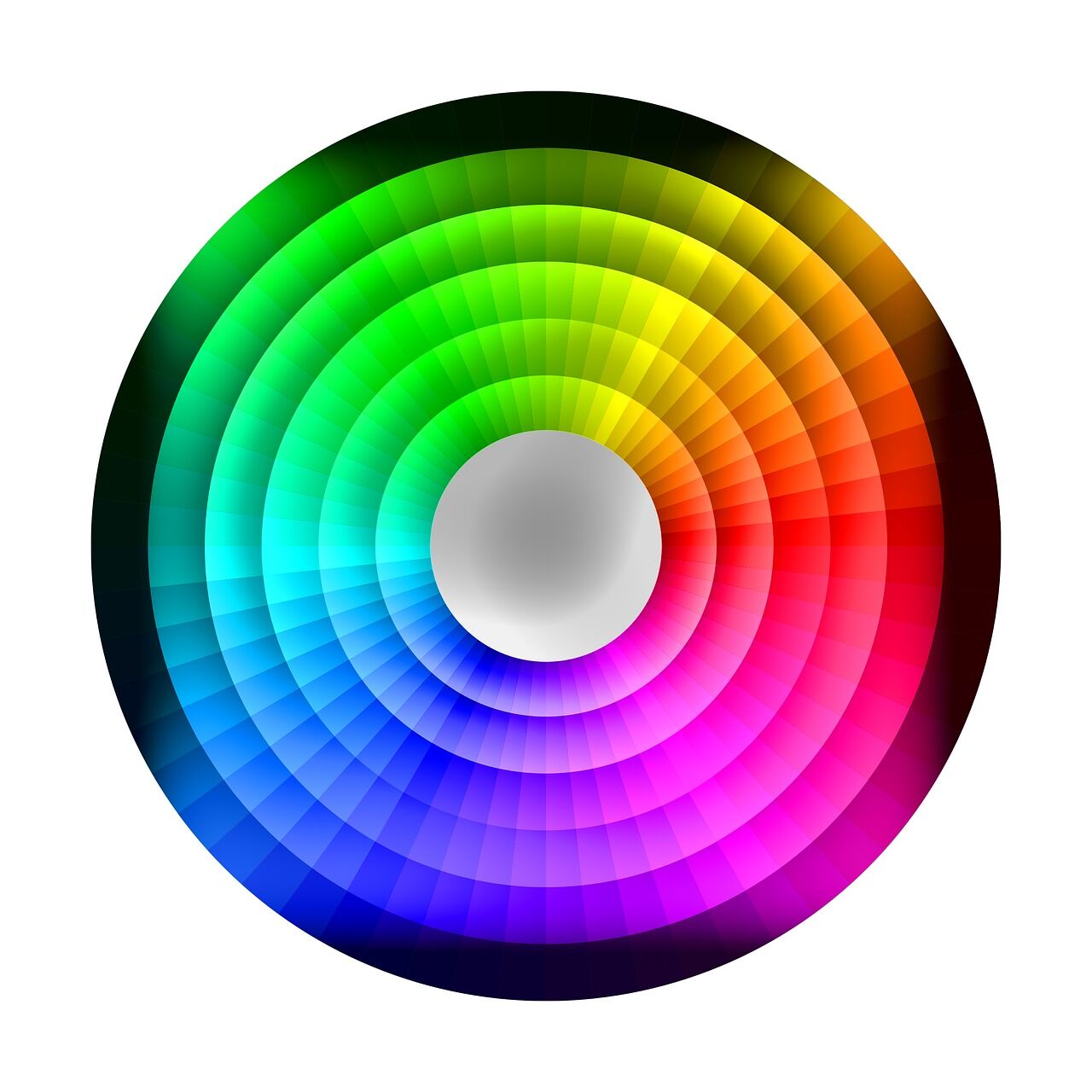
Here's How to Match Different Colours and Look Your Best!
Whether you’re after dark winter tones or wanting to add a splash of colour to your wardrobe for spring, you’ll need to be confident in how to match colours in your outfit. Easier for women as there are fewer inhibitions with playing with colour, it can be a big step for men to embrace more vibrant tones. There’s always a lurking fear that you’ll do it wrong, but not anymore! This article will help you match the colours in your outfit so you can step out the door with total confidence. All you need to know are a few basic rules.

Just remember these two 'rules of three'
This isn’t a maths class, don’t worry, but remember the number three, and it’ll help you through.
1. Every man’s wardrobe is built around 3 basic colours: grey, (navy) blue and brown. You can mix and match these (and their variations: blue-grey, camel and beige) however you like, and they’ll all work with pretty much any other colour. Grey is the undisputed king for colour matching – there’s nothing it can’t pair.
2. Never try and match more than three colours in the same outfit. Any more than this is too risky, so keep it simple! If you’re not used to wearing colours, just start out with one of the three basic colours and pair it with something a bit more vibrant – even if it’s just a detail.
Always go from light to dark
Whatever colours you’re going for, there’s a quick and easy rule to follow for a successful outfit: whenever you’re layering clothes (a t-shirt under an open shirt, cardigan or pullover), always keep the lightest colours close to your body. Layer it up, keeping the darkest tones to the outer layers. Similarly, you’ll have more success if you keep your darkest colours for your trousers, with anything lighter or flashier above the waist.
Remember these two techniques and you’ll already be on the right track
Next, let’s look at how to put your colours together. The easiest way is to look at the colour wheel, which makes pairing easy.
The colour wheel is made up of:
> 3 primary colours: red, blue and yellow
> 3 secondary colours (made by mixing 2 primary colours): purple, orange and green
> 6 tertiary colours (made by mixing 1 primary colour and 1 secondary colour): orange-red, yellow-orange, red-purple, blue-purple and yellow-green

We’ve already seen that you can easily pair a neutral colour with something brighter. Watch out for primary (and even secondary colours) though, as they are not subtle and can easily become garish. If you’re keen for a primary, use it sparingly as a detail or flourish. Lastly, if you want to put two colours on top of a neutral tone, you need to make sure they harmonise.
Option 1: If you’re looking to contrast, then complimentary colours are your friend. They’re easy to recognise. Just pick a colour, then look at the colour immediately across from it on a colour wheel – for example, yellow and purple.
Option 2: For something more subtle, vary the shades. The easiest way here is to take a single colour and apply different shades of that colour (darker or lighter).
But in the end, it’s up to you!
Experiment and see which suits you best!
So now we’ve given you a few basic rules, it’s time for you to get out there and try them for yourself! It’s different for everybody – a colour that suits darker skin tones will be less successful on fairer complexions, and vice versa. Luckily, you likely know which colours suit you, and if not, simply ask a friend or family member to help you out!